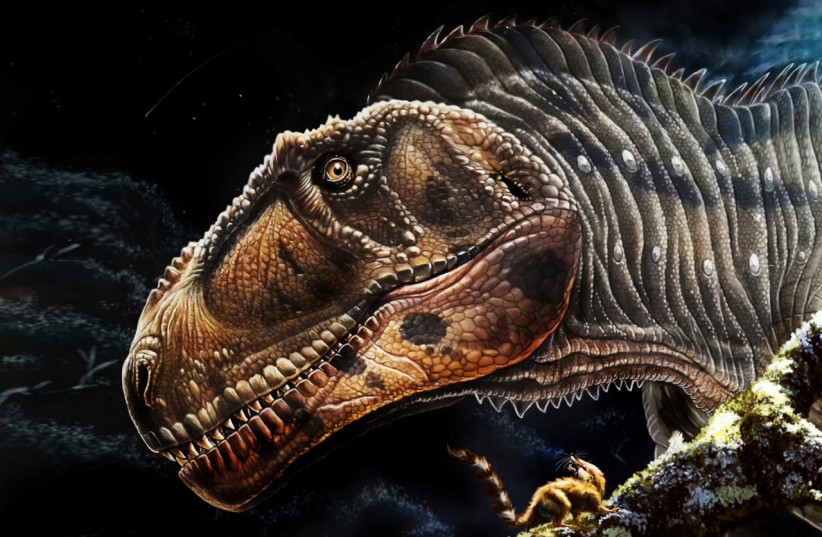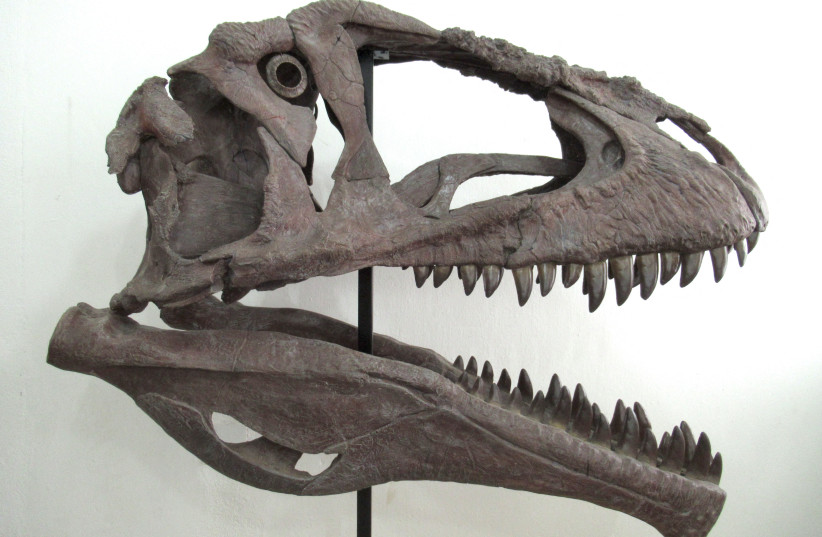The Tyrannosaurus rex is perhaps the most well-recognized of the dinosaurs, and while their size has been well-documented, they were also recognized for their very tiny arms.
However, a peer-reviewed study by researchers from the University of Minnesota discovered a new type of dinosaur that may give answers as to why many prehistoric meat-eaters had tiny arms. The study was published in the journal Current Biology on Thursday.
The newly-discovered dino, the Meraxes gigas, was another predator that had a skull and short arms like the Tyrannosaurus rex. The Meraxes is the "most complete carcharodontosaurid yet from the Southern Hemisphere," according to the study.
The carcharodontosaurids, like the T-Rex, were dominant predators that inhabited most continents during their existence.
The Meraxes discovery preserved key data including an almost complete forelimb that provides evidence for trends in forelimb reduction "among three lineages of large-bodied, megapredatory non-avian theropods" which includes the tyrannosaurids and carcharodontosaurids animal families in regards to taxonomy. Essentially, their arms shortened as their skulls grew larger.

This new dinosaur species reached its peak diversity before its extinction, according to the study.
The researchers, with their Argentinian colleagues, made this discovery that was based on a specimen they found from the Upper Cretaceous Huincul Formation of northern Patagonia, Argentina. The researchers initially made the discovery in 2012 but spent the last few years extracting and analyzing the specimen.
The authors
Peter Makovicky, a professor at the University of Minnesota and one of the study's authors, stated that while "the body plan is surprisingly similar to tyrannosaurs like T. rex, they’re not particularly closely related to T. rex. They're from very different branches of the meat-eating dinosaur family tree."
"While the body plan is surprisingly similar to tyrannosaurs like T. rex, they’re not particularly closely related to T. rex. They're from very different branches of the meat-eating dinosaur family tree."
Professor Peter Makovicky
“We shouldn’t worry so much about what the arms are being used for, because the arms are actually being reduced as a consequence of the skulls becoming massive," Makovicky continued, "Whatever the arms may or may not have been used for, they’re taking on a secondary function since the skull is being optimized to handle larger prey.”
Meraxes is one of the most complete carcharodontosaurid skeletons found in the southern hemisphere by paleontologists. The skeleton included nearly the entire animal's skull, hips, and both left and right arms and legs.

The Meraxes gigas were very active during the Cretaceous Period approximately 90 million years ago and they stood at around 36-39 feet (11-12 meters) and weighed 9,000 pounds.
Reuters contributed to this report.
